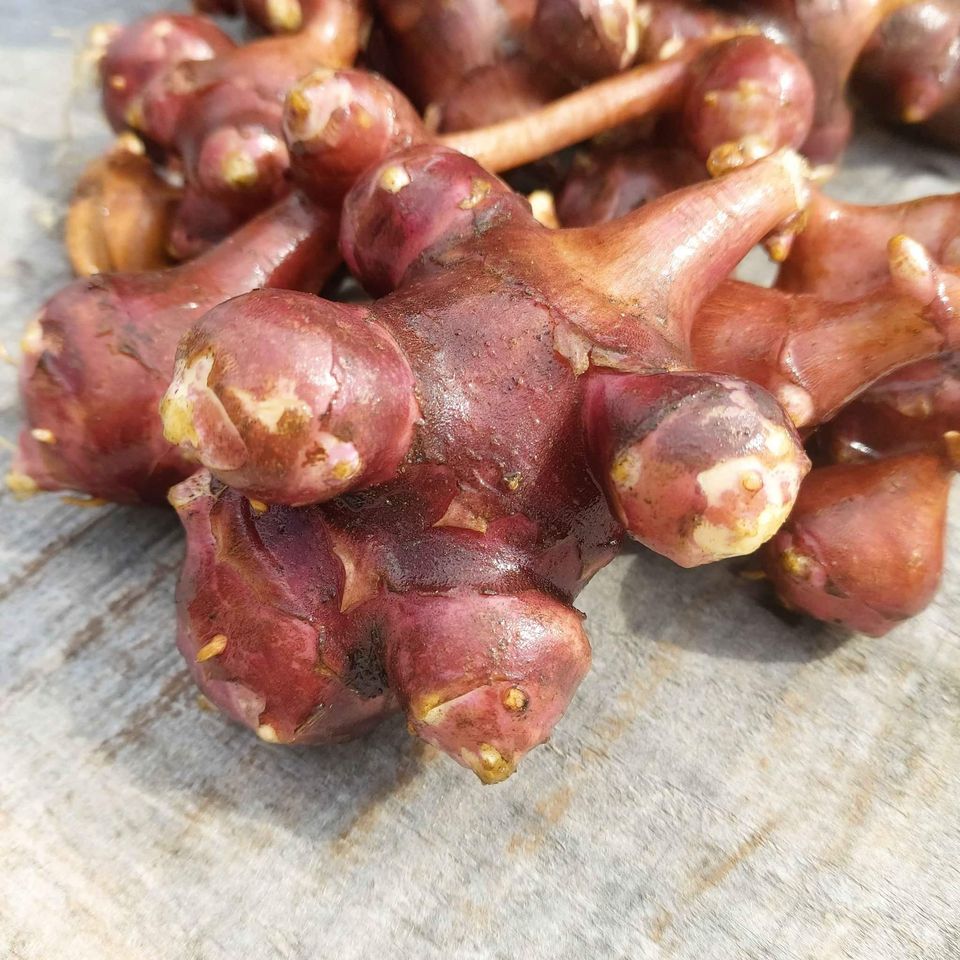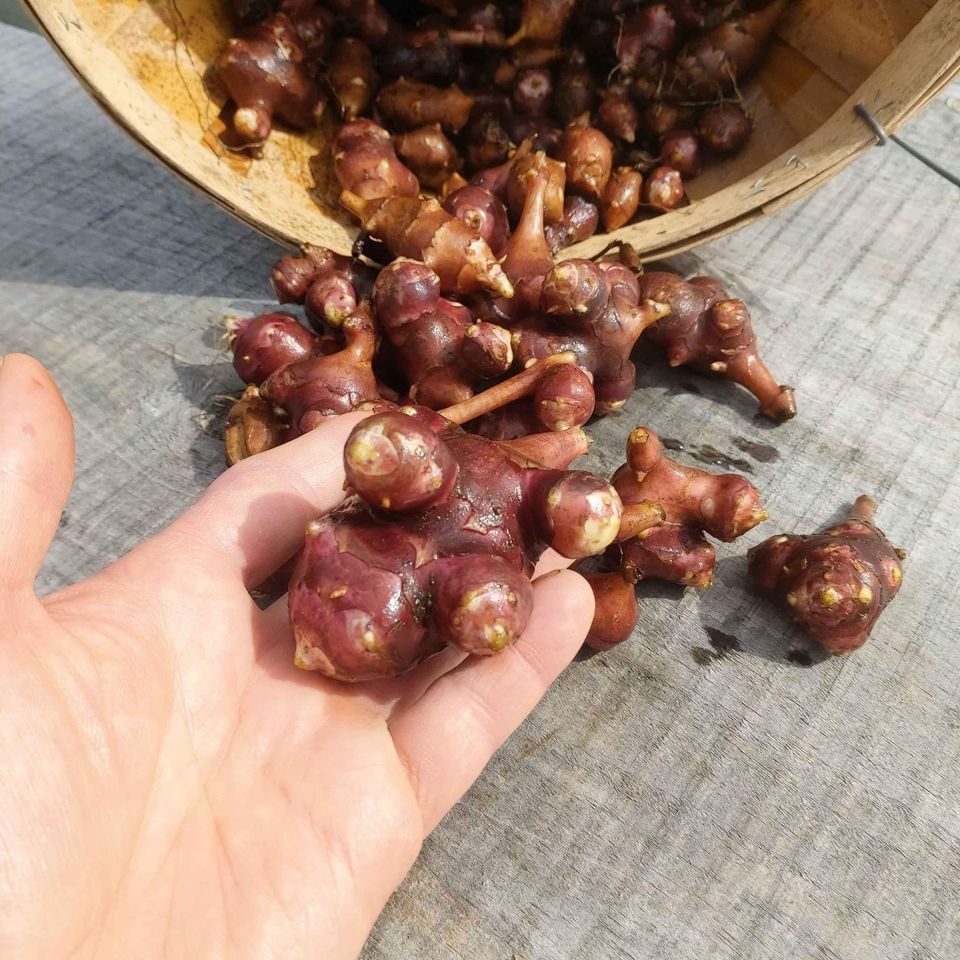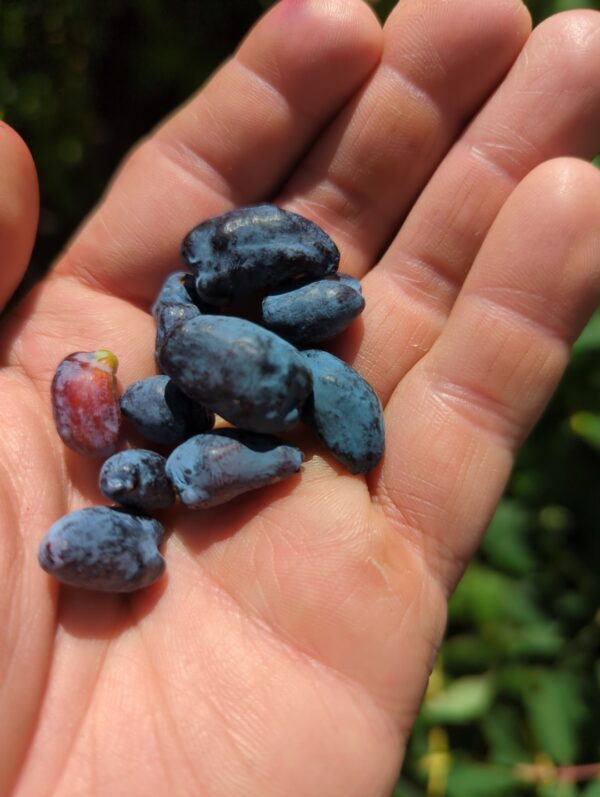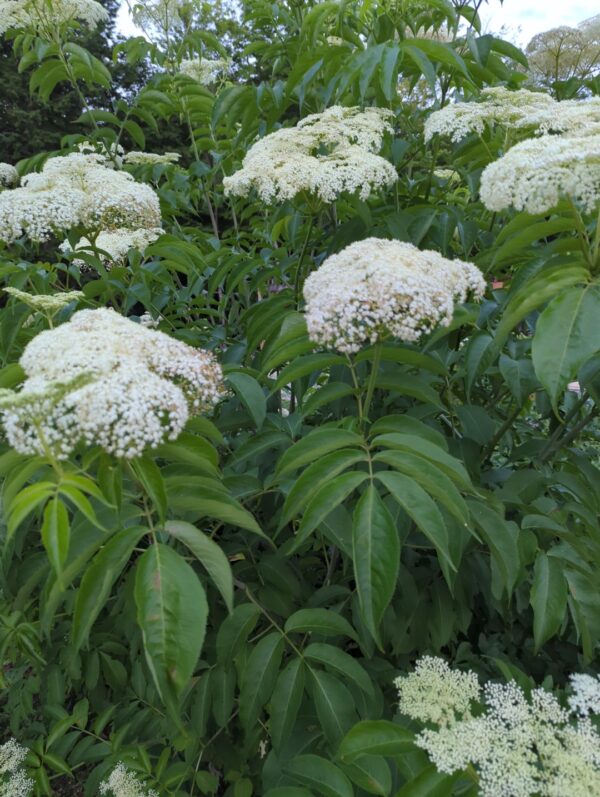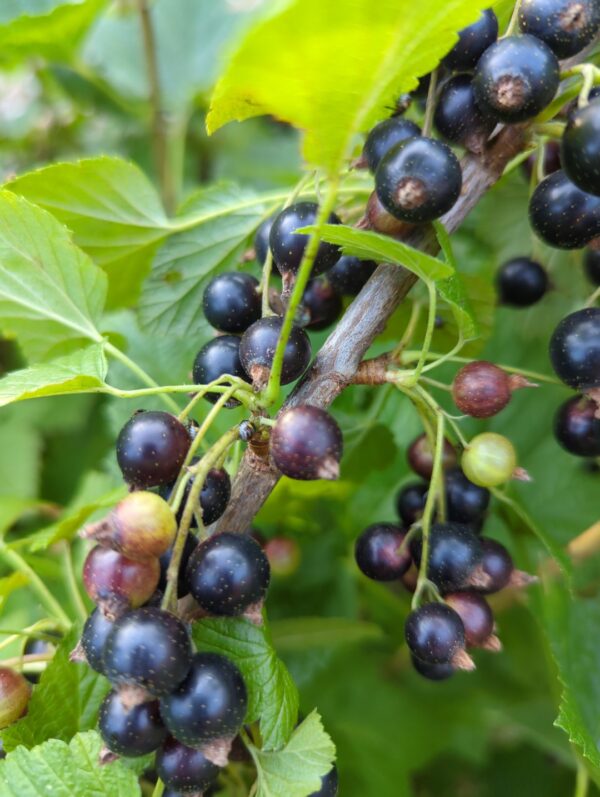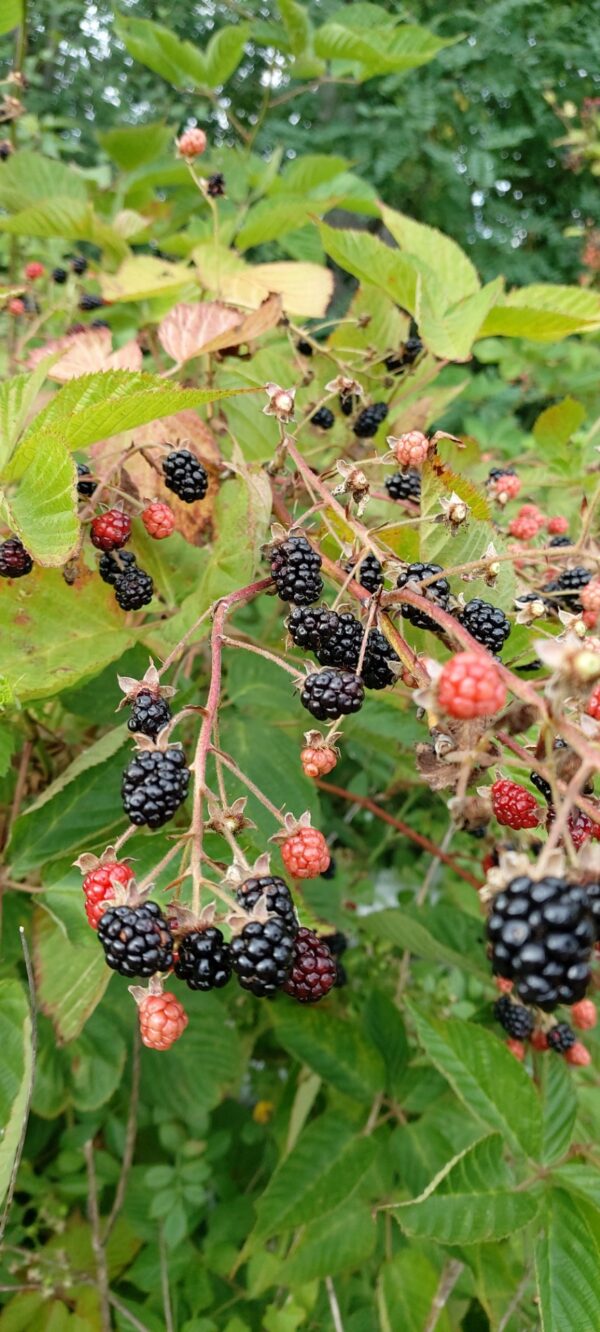Your cart is currently empty!
Jerusalem Artichoke Varieties / Sunchokes
Helianthus tuberosus: The Ultimate Homestead Plant Jerusalem artichoke (Helianthus tuberosus) is native to almost the entire North American continent. It is a member of the sunflower family and can grow up to 9 feet (3+ meters) tall in ideal conditions. Grown both as a perennial sunflower and for its tubers, this could be the ultimate…
Description
Helianthus tuberosus: The Ultimate Homestead Plant
Jerusalem artichoke (Helianthus tuberosus) is native to almost the entire North American continent. It is a member of the sunflower family and can grow up to 9 feet (3+ meters) tall in ideal conditions. Grown both as a perennial sunflower and for its tubers, this could be the ultimate homestead survival food.
A single cup of cooked tubers contains 110 calories, 65 mg of potassium, 3 grams of protein, 2.4 grams of fiber, and is high in iron and vitamin C. However, it’s not the nutritional profile that gives this plant its reputation—it’s how easy it is to grow and how quickly it multiplies.
A single fistful of tubers, if planted in good conditions, will increase by 10-15× in a single growing season. Even in poor conditions, it can still multiply by 5-7×, which is remarkable. Hardy to Zone 3, it can tolerate almost any soil quality, making it an excellent recommendation for homesteaders.
Starting with just a single pound of seed tubers, you can allow the patch to expand naturally or harvest and replant to spread them out. Under average conditions, by the end of the second growing year, you could have a permanent patch that produces ample food for a large family—forever after.
Projected Growth Rate
- Year 1: 1 lb → 10 lbs
- Year 2: 10 lbs → 100 lbs
- Year 3: 100 lbs → 1,000 lbs!
Growing Considerations
Having grown Jerusalem artichokes for a long time, one piece of advice I would give is to think ahead about where you plant them. In my experience, they can expand up to 6 feet (2 meters) per year in good conditions.
If you start them in open ground, the patch will expand significantly—a 10×10’ plot becomes 16×16’, then 22×22’, and so on, unless managed by mowing or weeding. If you don’t have strong natural borders, avoid planting them too close to other crops, as they are very difficult to remove once established.
Deer are attracted to them year-round, but the biggest risk is during the first one or two years while the patch is getting established. Once mature, heavy deer browsing may reduce your harvests but is unlikely to destroy the patch entirely.
Planting Instructions
- Spacing: Plant each tuber 1 foot apart
- Depth: Bury them 3 inches deep in forked (loosened) soil
- Watering: No amendments or watering are necessary unless planting during a drought
- Sunlight: Full sun to ¾ sun
That’s it!
Additional information
| Cultivar | Red Fuseau 1lb seed tubers, Red Fuseau 5lb seed tubers |
|---|

